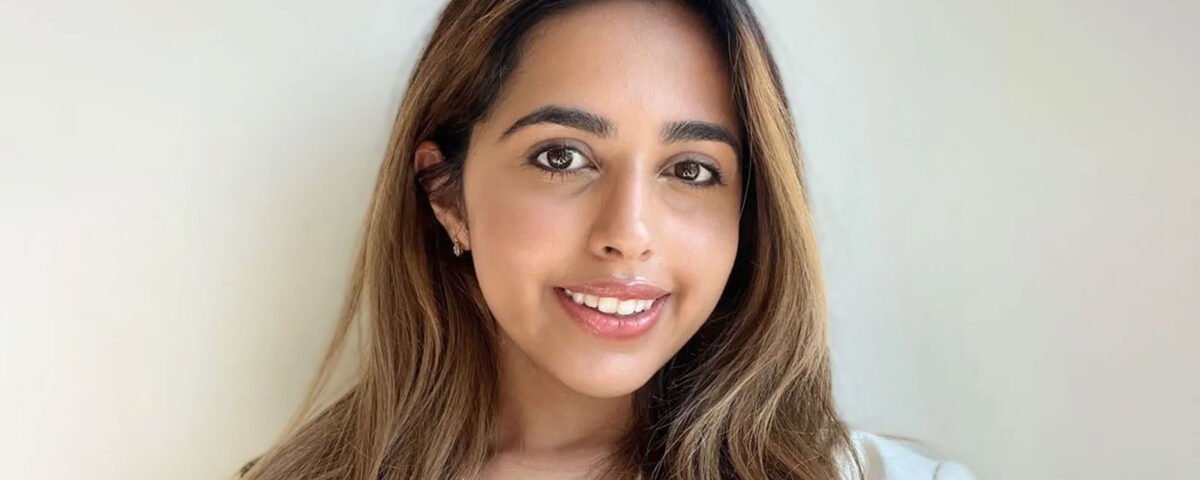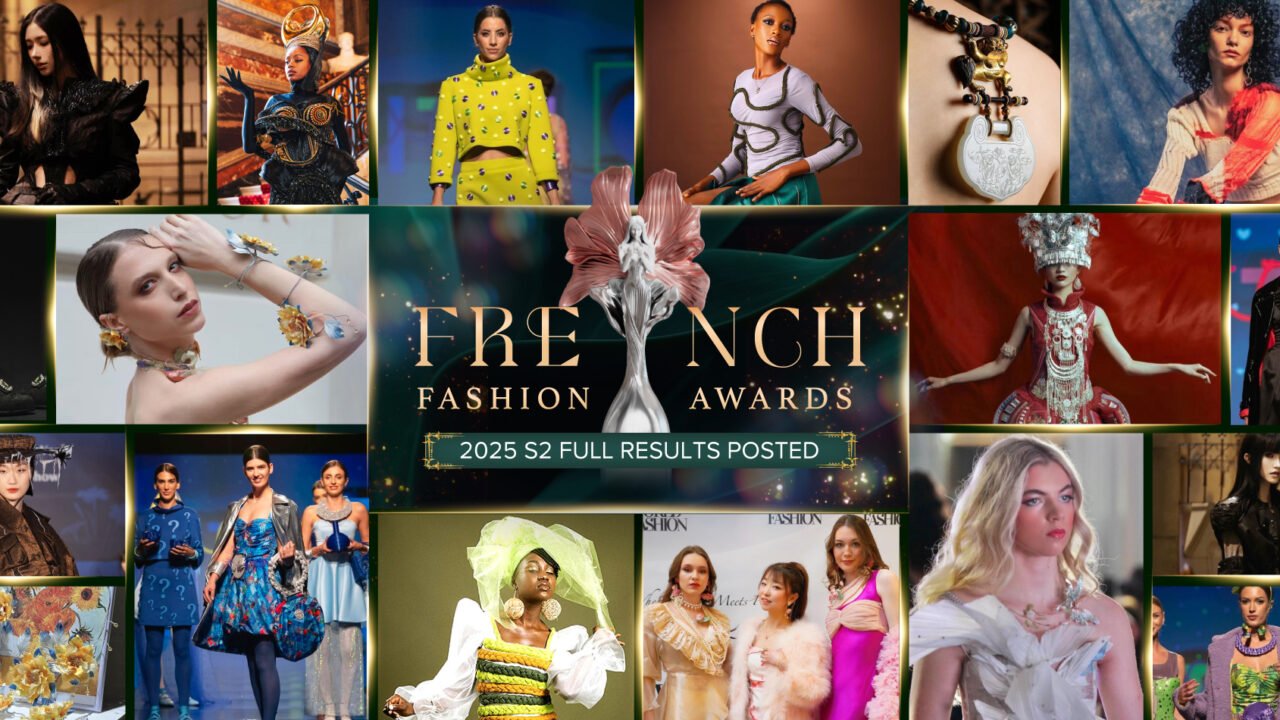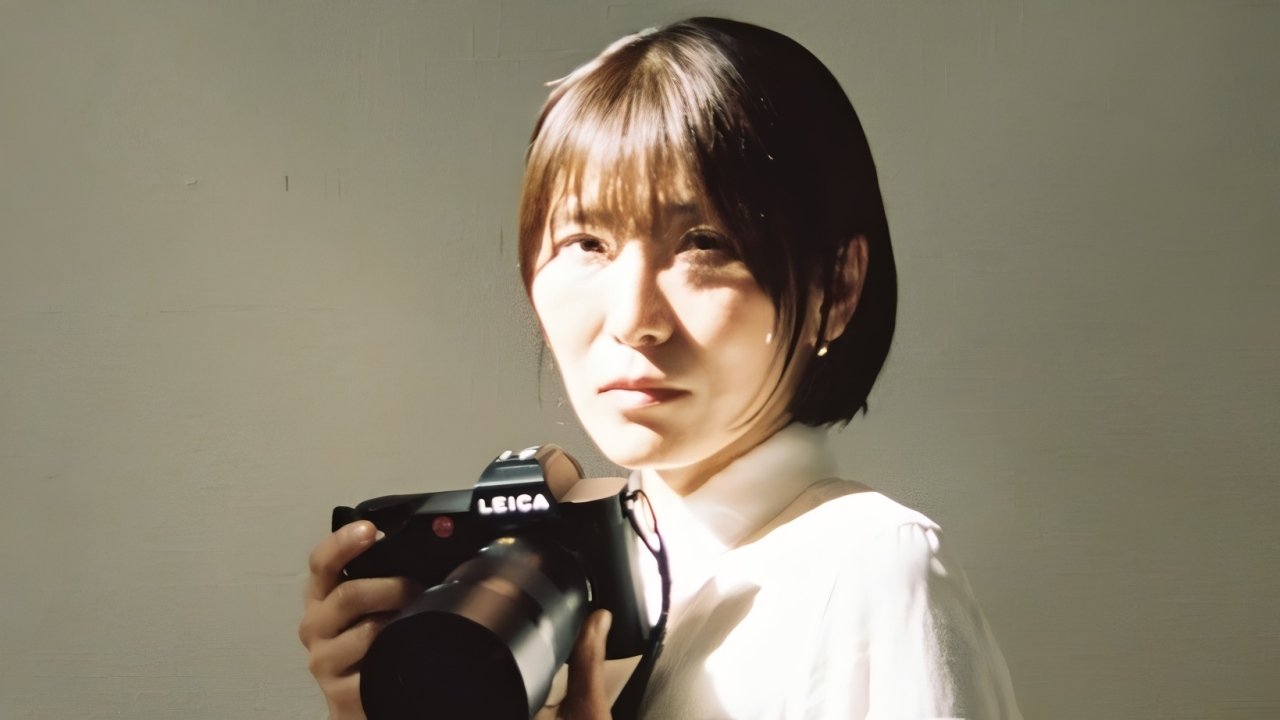1Congratulations on your achievements in the MUSE Creative Awards! Could you start by introducing yourself or your agency? Can you also share a bit about your journey into your current industry?
Thank you so much! My name is Vriddhi Toolsidass, and I’m currently a student of Art, Design, and Communication at the University of Southern California. I’ve always been passionate about the intersection of craft, culture, and storytelling.
Through my education and independent projects, I have explored how design can be used not only to create visuals, but also to shape meaningful experiences that connect people to heritage, sustainability, and memory. Winning has been an incredible encouragement as I begin to chart my path in the creative industry.
2What inspired you to submit your work for this competition, and what does winning mean to you personally and professionally?
MUSE celebrates creativity that pushes boundaries, and I felt The Slow Thread embodied that spirit. It challenges conventional ideas of speed, success, and production in design. Winning here feels deeply affirming — it shows me there’s space for slower, more community-centered approaches in the future of our industry.
3Can you share the story behind your success? What inspired its creation, and what do you feel it represents in today’s industry?
The Slow Thread grew from the time I spent with artisans in rural India — understanding not just their techniques, but their relationship to time, labor, and storytelling. In a fast-moving design world, it represents a return to process, to care, and to material honesty — values that I think today’s industry is slowly beginning to re-embrace.
4What do you believe set your project apart in such a competitive field? Were there specific elements or strategies that made it shine?
I think it was the invitation to experience the work — not just to view it. The Slow Thread isn’t static; it engages the senses through texture, smell, and memory. Every detail, from handmade prints to worn fabrics, was crafted to slow the viewer down and create emotional resonance.
5Every project has its challenges. Can you share a significant obstacle you faced during this process and how you overcame it?
One challenge was working with raw, handmade materials that didn’t always behave predictably. Rather than forcing perfection, I chose to design flexibly — allowing flaws and natural variations to become part of the project’s visual and emotional language.
6Winning an award of this caliber often brings recognition. What do you hope this achievement will mean for your career, your team, or your agency in the long run? Have you already noticed any changes or opportunities arising from this recognition?
I hope it opens doors to more collaborative, socially engaged design work — projects that honor both aesthetics and ethics. Even in the short term, I’ve already noticed an increase in conversations around craft-based innovation, which is exciting.
7What has the reaction been from clients, audiences, or stakeholders about your winning entry? Any feedback or memorable moments that stand out?
One visitor said that stepping into the installation felt like “stepping into someone’s memory” — and that kind of visceral connection was exactly the goal. Watching people slow down, touch, and share their own stories was the most rewarding feedback I could have hoped for.
8For those aspiring to achieve similar success, what advice would you offer to help them not only thrive in their industries but also craft compelling, award-worthy entries? Are there specific practices, mindsets, or strategies you believe are key?
Design with intention. The best work doesn’t chase trends — it creates emotional bridges. Stay true to your story, trust your process, and focus on making work that feels alive to you first.
9The creative industry is constantly evolving. How do you view these changes, and where do you hope to position yourself in the future?
I see the shift toward more responsible, experience-driven design as an opportunity. I hope to continue working at the intersection of heritage and innovation — creating projects that honor the past while envisioning more ethical, human-centered futures.
10Entering awards can be daunting for many, especially those just starting out. What would you say to individuals who have limited experience, or are hesitant to showcase their work in competitions? How can they build confidence and see the value in participating?
Your voice matters, even if you’re early in your career. Awards like MUSE aren’t just about polish — they celebrate vision. If you believe in the impact of your work, it’s worth sharing. Growth comes from stepping forward, even before you feel “ready.”
11Creativity thrives on community. What message would you like to share with fellow creatives, marketers, and advertising professionals?
Our work has power — to shape culture, spark care, and bridge differences. Let’s keep using creativity not just to impress, but to connect, heal, and imagine better worlds together.
12Winning is a team effort in many cases. Is there someone or a group of people you’d like to dedicate this achievement to, and why?
I dedicate this to the artisan communities who so generously shared their practices, time, and stories with me. Without them, The Slow Thread would not exist.
13If you could describe your award-winning entry in one sentence, what would it be and why?
The Slow Thread is a tactile invitation to slow down, honor craft, and remember the stories woven into every thread we hold.
14Finally, what’s next for you? Any exciting projects or upcoming goals that you’d like to share with us and the audience?
I’m currently developing a cross-cultural residency program centered on craft, sustainability, and storytelling. I’m excited to continue expanding the conversation around how design can serve as a vessel for both innovation and care.








